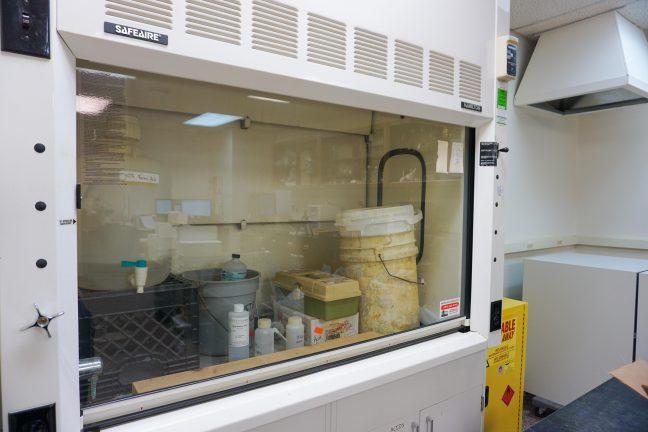Medicinal cannabis has taken a step back from the political spotlight recently, with the legalization of the plant’s recreational use slowly coming to the forefront. However, it’s important to remember that cannabis does have well documented research backing its medicinal capabilities. Despite this, the majority of states, including Wisconsin, do not allow cannabis to be used for medicinal purposes.
Knowing this, I sought to find out more about the endocannabinoid system and its relation to cannabis’s curative properties. I sat down with 25-year-old political activist and Madison mayoral candidate Christopher Daly, a University of Wisconsin graduate who has been an active advocate for marijuana.
According to National Organization for the Reform of Marijuana Laws, the endocannabinoid system is a group of chemical compounds and receptors found throughout the body. These receptors have different duties depending on where they are inside the body, but they all try to achieve the same ends – homeostasis. Homeostasis is how the body maintains a stable internal environment. The idea is cannabinoids synthesized by our own bodies work with the cannabinoids in the plant, the most notable being THC and CBD, to promote homeostasis.
Many use the drug to combat the pain they experience during the later stages of cancer. However, research suggests cannabinoids may be able to protect against certain kinds of cancer through induction of cell death and inhibition of cell growth, among other factors.
After realizing these facts, it’s clear that the prohibition of cannabis is not just a repression of the freedom to choose what we can ingest, but the barring of a substance that has the potential to increase the public health of our state. How can this be publicly accessible knowledge, but the government nonetheless see the cannabis plant as something to prohibit its citizens from cultivating and consuming? I believe it’s because people aren’t educated on the subject. You can learn more about cannabis’ therapeutic properties from scientifically backed sources such as these articles from the NORML and Americans for Safe Access.
Four states legalized marijuana recreationally and many more have legalized it for medicinal use, but Wisconsin still essentially prohibits the drug completely. We need to be more engaged in the political system by talking to our representatives in government about these issues, taking the reins of our democratic power and forcing our government officials to look at the facts.
After reading through Daly’s collection of research on the medicinal properties of cannabis, it is clear the state is committing a serious injustice by prohibiting all cultivation and use of the substance. The government’s fear of cannabis’ psychoactive properties have barred patients who could desperately make use of the plant’s medicinal prowess. Too many have suffered avoidable pain and potentially died avoidable deaths because of the persistent idea that the use of marijuana is a deviant act.
Behind the smokescreen of outdated myths against marijuana use, there lies a plethora of information about how cannabis may have the therapeutic and curative keys to disease prevention. Daly, NORML and other marijuana advocacy groups are major players in the struggle to educate the masses on the facts, and how to safely use cannabis to our advantage. However, it’s the responsibility of us, the voters, to become engaged and press for more sensible laws regarding this substance.
Nichalous Pogorelec ([email protected]) is a sophomore studying sociology.








